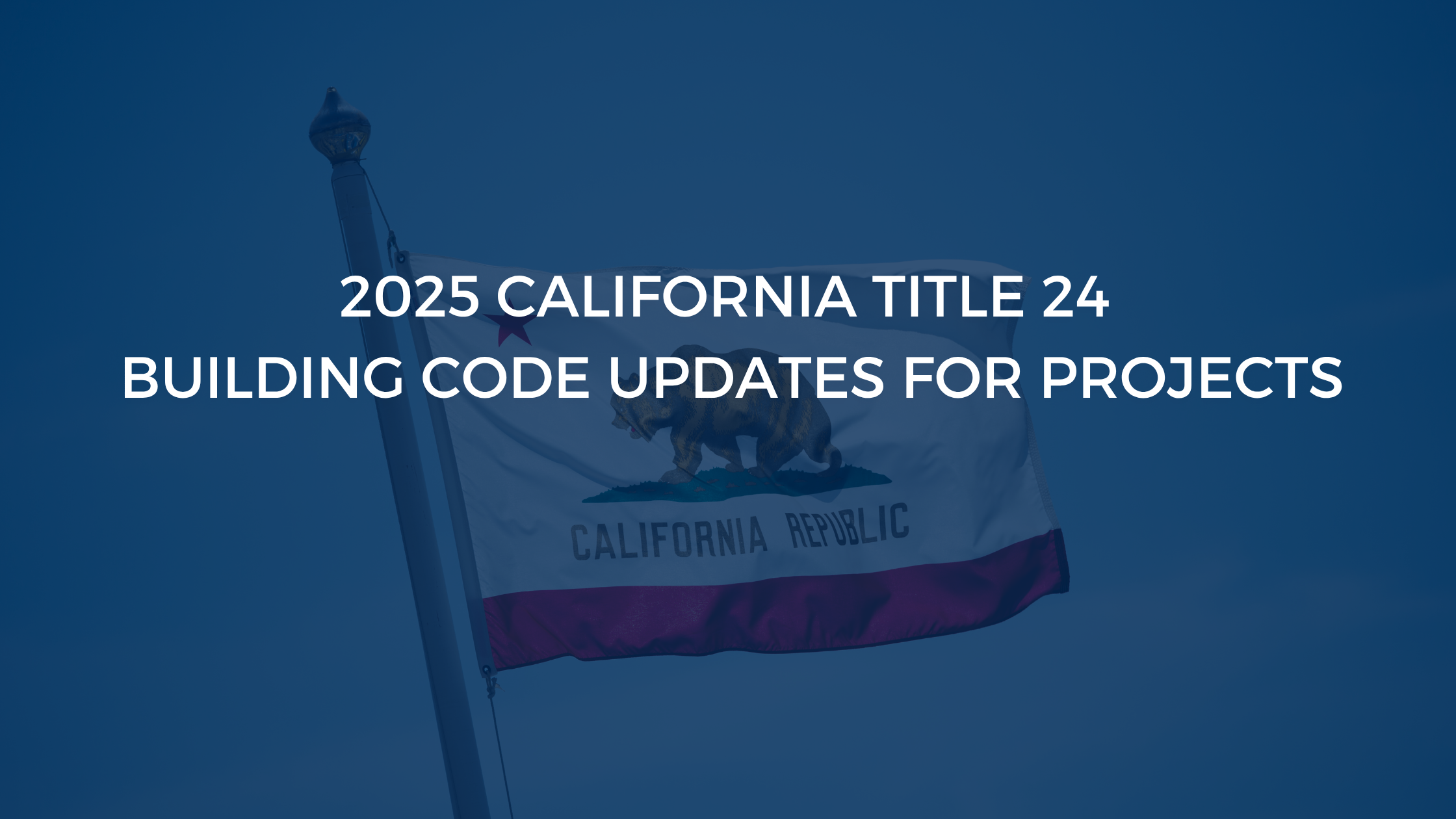Managing a building in New York City means navigating one of the most complex regulatory landscapes in the country. Between evolving local laws, strict inspection requirements, and high-stakes penalties, building owners and managers face constant pressure to stay ahead. Our recent webinar, Capital Planning & Compliance: Your Building’s Roadmap to Meeting NYC Deadlines, broke down how to approach compliance strategically, align it with long-term capital planning, and turn deadlines into opportunities for efficiency and value.
Why Compliance in NYC Is Unique
New York City regulations are dynamic and carry significant consequences. Fines for non-compliance can reach thousands of dollars per month, and reactive fixes often cost far more than proactive planning. For example, Local Law 97 fines for late filings start at $12,500 per month, while Local Law 152 gas piping inspections carry both steep penalties and safety risks if ignored. Proactive compliance not only avoids fines but also allows owners to budget, plan upgrades, and improve building performance.
The Role of Physical Condition Assessments
One of the best starting points is a Physical Conditions Assessment (PCA). This inspection gives owners and managers a prioritized roadmap: what must be fixed immediately, what can wait a few years, and what can be bundled into future projects.
Bundling work is key in NYC, where mobilization alone like sidewalk sheds, scaffolding, permits, can cost hundreds of thousands of dollars. If scaffolding is already up for façade work, it’s often more cost-effective to address roofs, windows, or other elements at the same time.
Major Local Laws to Watch
- Local Law 11 (FISP/Façade Inspections): Requires inspections every five years for buildings over six stories. Reports are rated as Safe, Unsafe, or SWARMP (Safe With a Repair and Maintenance Program). Deadlines are tied to block numbers, and the timeline for planning, permits, and construction often takes years, making early action critical.
- Parapet Inspections (Local Law 126): Newly required for all buildings, even one-story structures. Reports are due annually by December 31, and owners must keep records on file for six years. Issues like leaning walls or loose coping stones are common.
- Parking Structure Inspections (PIPS): Required every six years by a Qualified Parking Structure Inspector (QPSI). These inspections have become a focus after recent structural failures.
- Local Law 97 (Carbon Emissions): Applies to buildings over 25,000 sq. ft. and is one of the most consequential regulations. Compliance often requires a decarbonization roadmap, including envelope upgrades (windows, roof insulation, façade reskins) and HVAC system modernization.
- Local Law 88 (Lighting Upgrades): Requires energy-efficient lighting and controls. Many owners have upgraded to LED, but controls remain a sticking point—sometimes leading owners to weigh paying fines versus investing in upgrades.
- Local Law 84 (Energy Benchmarking): Annual benchmarking of energy and water usage, now tied directly to Local Law 97. Missing filings leads to mounting fines.
- Local Law 87 (Energy Audits & Retro-Commissioning): A 10-year cycle that provides detailed audits and retro-commissioning, offering valuable insight for long-term decarbonization planning.
- Local Law 152 (Gas Piping Inspections): Every four years, inspections by licensed plumbers are required. Planning ahead avoids costly utility shutdowns and last-minute emergency work.
Turning Compliance Into Strategy
Compliance deadlines shouldn’t be viewed only as obligations. With the right planning, they can align with capital improvements to:
- Increase energy efficiency
- Extend the lifespan of building systems
- Reduce short-term elevated maintenance costs and long-term operating costs
- Improve tenant experience and safety
- Reduce or eliminate expected system failures
Owners who bundle projects, invest early in assessments, and map out decarbonization plans are best positioned to avoid fines and capture long-term value.
Final Takeaway
NYC compliance can feel overwhelming, but proactive planning changes the game. Conducting a Physical Conditions Assessment, bundling related work, and building a clear compliance roadmap ensures deadlines don’t become emergencies.
At Milrose, we’ve spent more than 40 years guiding developers, architects, and owners through the full building lifecycle. From façade inspections to Local Law 97 compliance, our team of experts helps clients stay ahead of regulations, align compliance with budgets, and unlock long-term building value.
If you’d like to explore a compliance strategy for your property, reach out to our team—we’re here to help you turn deadlines into opportunities.




-1.png)
.gif)
